THINKING OUTSIDE OF THE STACKS: The Growth of Nature Smart Libraries
In the spring of 2006 in Goldsboro, North Carolina, Wayne County Public Library children’s librarian Shorlette Ammons approached the library’s director with an idea. Shorlette had a vision for a community garden planted in the green space owned by the library.
Though the director initially had misgivings about a library’s need for a garden, Ammons persisted and the garden was “green-lit.” Building the garden became a community endeavor with partners such as Cherry Research Farm, Goldsboro Parks and Recreation, Wayne County Cooperative Extension, Boys and Girls Club and area residents pitching in. An agriculture class at Wayne Community College even took part, having students prepare the garden
Once it was built, the community rallied behind the garden. During summer, children tended the garden, pulling weeds, planting seeds, and gaining an understanding of the food chain. Guests came to the library to talk about topics such as worms and bee-keeping. A bumper crop harvest never disappointed from year to year, with most of the produce going home with the children who participate, and anything left over is put out in front of the circulation desk for anyone to take. Shorlette documented every garden success along the way. And, in the summer of 2008, the library received a $3,000 grant from the American Library Association to expand the garden for summer reading programming.
Thirteen years later, the library describes the garden as “a valuable cultural resource for its citizens, residents and visitors.” The garden symbolizes the library’s mission to “promote an appreciation of our history and diverse cultures and offer community members the opportunity to meet and interact with others in the community.”
After her positive experience with the garden, Shorlette decided to take her passion for food justice to the national level. She now works as the community food systems outreach coordinator for the NC State Extension. There, she focuses on the engagement of southern women of color in food systems.
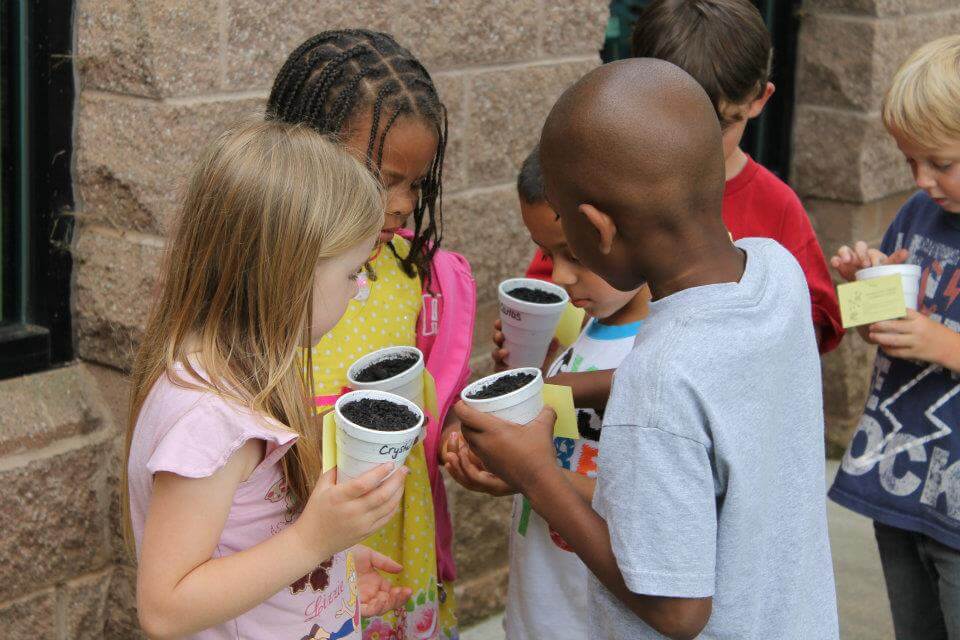
Children participate in gardening programs at the Walkertown Library Garden. Since 2012, the Walkertown Library in North Carolina has had raised bed gardens installed on the library property. Individuals and families can ‘check out’ one of the raised beds to garden for the summer. In addition, the library offers a variety of programs to introduce gardening and nature to children.-Photos courtesy Natalia Tuchina, Library Manager of the Walkertown Branch Library, Forsyth County Public Library
Far from an anomaly, Shorlette represents a surging trend among public librarians across, not only the United States, but the world.
It has become increasingly common to see public librarians discuss different strategies they use to get their communities active and engaged in nature. At the June 2019 Next Library Conference taking place in Aarhus, Denmark, Heli Roisko, the Chief Librarian of Helsinki City Library in Finland, led a session on “Summer Garden: from parking plot to an oasis of citizens.” Meanwhile, closer to home, the 2019 meeting of the Ohio Library Council included a session called “Let’s Go Outside: Partnering with Local Parks, Community Gardens and More!” The 2019 joint meeting of the Maryland and Delaware Library Associations offered a session called “working with the Maryland Department of Natural Resources to develop collections of fishing gear that can be checked out from the library to enjoy outdoors,”and a 2019 meeting of North Carolina librarians included a session on librarians teaming up with the North Carolina Arboretum’s “ecoEXPLORE initiative, and how it is being used to support lifelong learning outside everywhere from Madison County Public Libraries – Library Journal’s 2018 Best Small Library in America — to the Greensboro Public Library.”
Meanwhile, American Libraries, the official publication of the American Library Association, has in the past two years twice prominently featured librarians fostering engagement in nature: “Out of the Branches, into the Woods” focused on teaming up with state parks to circulate nature backpacks and park passes and “Walking History” focused on librarians leading walks on local history and ecology.
The Children & Nature Network has created a model for transforming libraries into Nature-Smart Libraries. Nature-Smart Libraries maximize local resources and partnerships and respond to community needs to connect children and families to nature. Nature-based programs, library-park partnerships and creation of natural spaces activate libraries as community embedded spaces for nature connection and getting kids active outdoors. Scaled through the Cities Connecting Children to Nature initiative (CCCN) and integrated into city-wide plans Nature-Smart Libraries support cities in creating equitable access to nature. St. Paul, MN and San Francisco, CA serve as two case studies. Houston and San Antonio, TX recently launched their own Nature-Smart Library strategies. These cities represent a broader national effort to maximize local libraries as daily connectors to the natural world. Learn more about how and why cities are using Nature-Smart Libraries to connect children to nature in the CCCN Municipal Action Guide.
Since the fall of 2016, I have been researching this trend and have found that public librarians often want to do whatever they can to get kids, families, and individuals of all ages into nature. In the spring of 2017, a self-selecting sample of 1,157 public libraries from the United States and Canada completed an online survey I created that focused on physical activity promotion through public libraries. I asked respondents if they had ever done programs focused on gardening or StoryWalks®. I also asked if those programs took place inside the library or outdoors. An indoor program may feature someone talking about gardening while an outdoor program focuses on actually engaging people in gardening. In total, 303 libraries said they had offered outdoor StoryWalk® programs (Map 1), 246 (Map 2) said they had offered outdoor gardening programs, and 90 (Map 3) said they had offered both outdoor gardening and outdoor StoryWalk® programs.
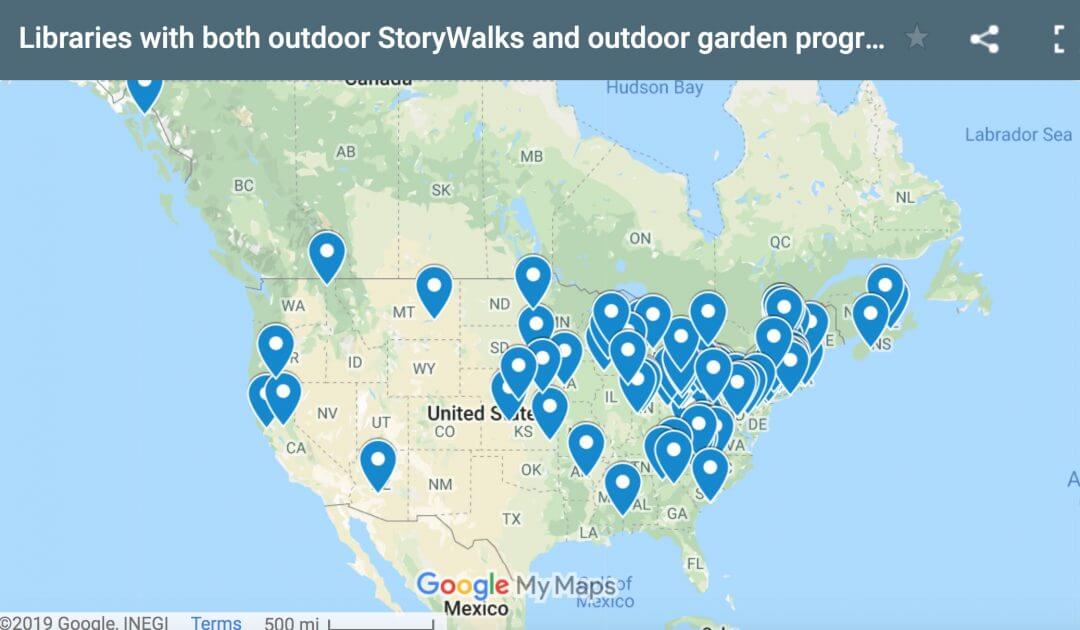
If you opened up the map of libraries with StoryWalks®, you would have noticed one dot way up on the North Slope of Alaska. That dot represents the Tuzzy Library, which serves the primarily Alaskan Native community of Utqiagvik. Every summer, the librarian at the Tuzzy Library offers a series of “Lagoon Walks” programs that consist of “walking, science lectures, literature and a weekly two-mile walk aimed at increasing activity in the community.”
An additional resource created by a public librarian for other public librarians is 2017’s The Collection All Around: Sharing Our Cities, Towns, and Natural Places, written by San Diego public librarian Jeffrey T. Davis for American Library Association editions. The chapter “Rangers Tend The Trails” (pp. 93-113) focuses on how public libraries can facilitate access to the natural spaces around them. The chapter includes an in-depth interview with Rebecca Ryan, a librarian in the Saint Paul (MN) Public Library who had first had experience shaping the Sun Ray Branch of the library system – America’s first ‘nature-smart library.’ The chapter also includes examples of librarians creating nature classrooms in Colorado, teaming up with the National Parks in Washington State, organizing neighborhood expeditionary parties in San Diego, and more. If you’d like to dig deeper into this burgeoning trend within librarianship, Mr. Davis’s book is a great additional resource.”
A question I commonly get asked when I talk about my research is “Why libraries? Why would libraries focus on planting gardens?”
Well, for two reasons. First, libraries are everywhere. There are more public libraries in the United States today than either McDonald’s or Starbucks. Also, libraries are changing and evolving to meet needs not being met elsewhere. A 2018 American Library Association study of voter perceptions found that “significantly more voters today (43%) describe the library as a place that ‘offers activities and entertainment you can’t find anywhere else in the community,’ than did in 2008 (34%). Even more voters believe this is an important role for a library (48% in 2018 vs. 38% in 2008).” Librarians support engagement in nature because not enough is being done in communities across the country to support this need.
My data show that librarians want to participate in this movement, but they need your help. Nearly all of these initiatives represent the grassroots efforts of a unique constellation of actors working in specific local communities. After all, nation-wide 85% of public library funding comes from local jurisdictions. We need more research and knowledge creation on the impacts of these efforts, and we need your help to make this happen. Learn more about this project and its goals at Let’s Move in Libraries.
2 Comments
Submit a Comment
-
Network News
Earth Day: Young leaders advocate for change
-
Feature
Nature photographer Dudley Edmondson has a vision for the representation of Black and Brown faces in the outdoors
-
Richard Louv
EARTH MONTH: You're part of the New Nature Movement if....
-
Voices
Placemaking: How to build kinship and inclusive park spaces for children with disabilities
-
Network News
Children & Nature Network founders release report on global factors influencing the children and nature movement


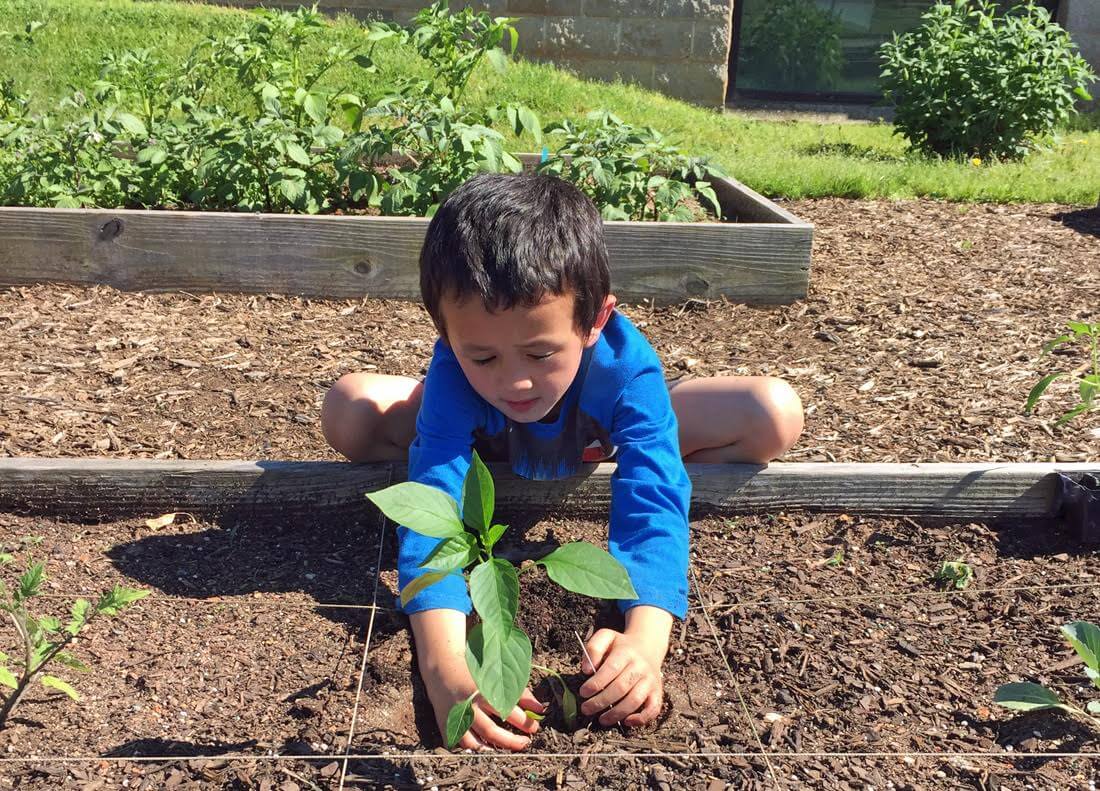

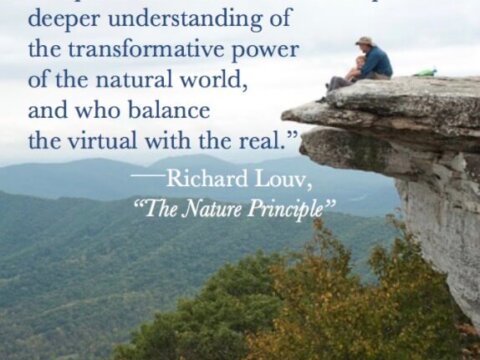
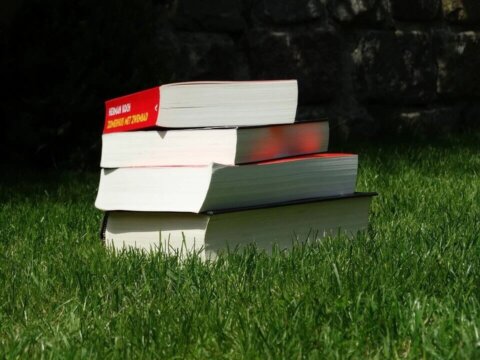
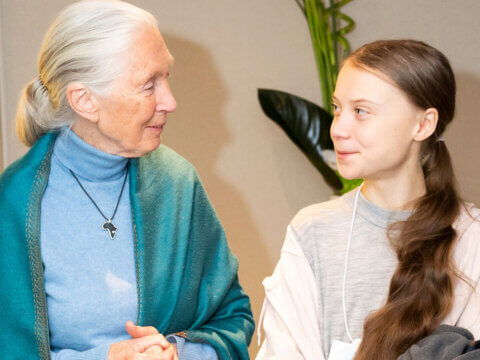
Hi! I am very much inspired of your project “nature-smart libraries”. I am a librarian from the Philippines currently working under the Department of Science and Technology – Information Institute and I am looking into ways how our library can establish partnership in the community. Our library is a public library focusing on Science, Technology and Innovation. I would love to hear how you were able to do this project, so that if it is possible, I would love to adopt your project in our library. Thank you and I will be waiting for your response through my e-mail.
Thanks, Irene. We’re happy to share information and contacts for the Nature Smart Library movement. Thanks for reaching out — and for the work you are doing!